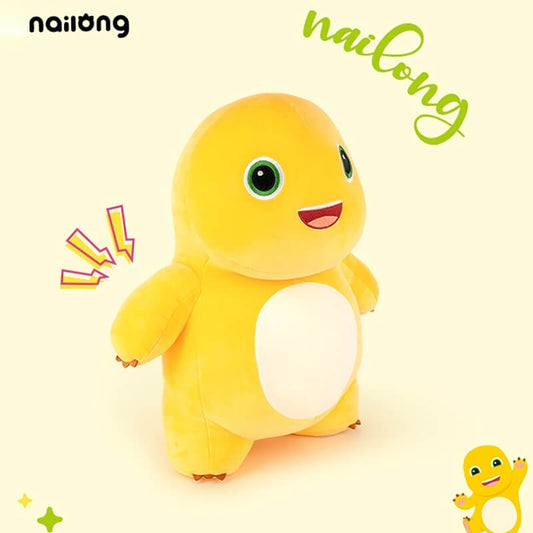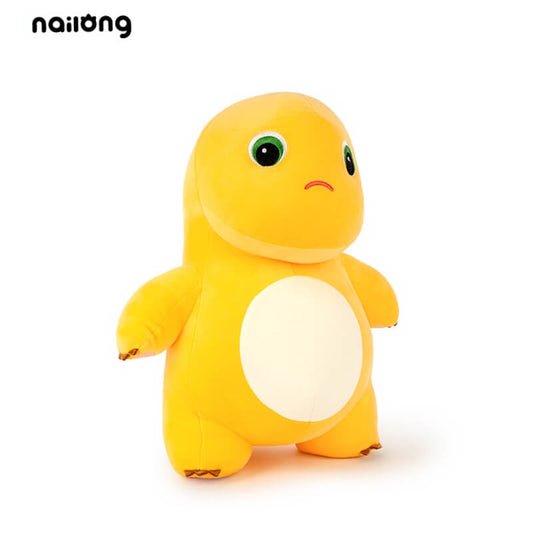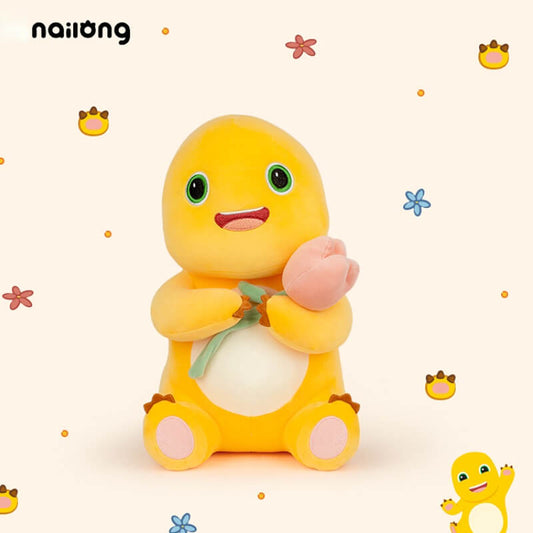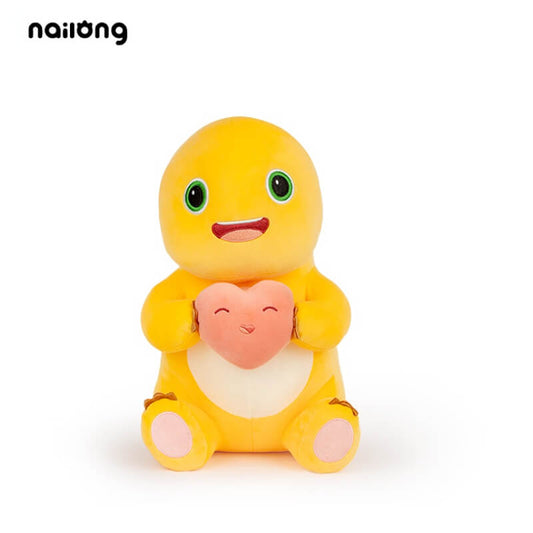Seal vs. Sea Otter: Spot the Difference Between These Ocean Cuties
Can You Tell a Seal from a Sea Otter?
At first glance, seals and sea otters might both just look like round, slippery ocean cuties lounging on rocks or swimming with grace. But did you know they're actually very different animals with totally different lifestyles? Let’s dive into the world of marine mammals and uncover what makes seals and sea otters so unique.
Different Families, Different Features
Seals and sea otters don’t even belong to the same family! Seals are part of the pinniped family, which includes sea lions and walruses. Sea otters, on the other hand, belong to the mustelid family—the same as weasels and ferrets.
Here’s a quick comparison to help:
- Seals: Chubby, smooth, with flippers and no external ears.
- Sea Otters: Furry, fluffy-looking, with visible ears and often seen floating on their backs.
Flippers vs. Fur: Key Physical Differences
One of the easiest ways to tell them apart is by looking at their fur and flippers:
- Seals have short, coarse hair and streamlined bodies designed for fast swimming.
- Sea otters have the densest fur of any mammal—up to a million hairs per square inch! That fluffy coat keeps them warm in cold waters.
Also, sea otters use their front paws a lot—they eat, groom, and even hold hands with them. Seals? They’re more about that flipper life.
How They Move: Land vs. Water
Another giveaway is how they move:
- Seals are clumsy on land, doing a sort of belly-wriggle because their flippers don’t rotate well.
- Sea otters can walk better on land and are more agile with their paws and back legs.
Diet and Tools: Who’s the Smart One?
Sea otters are known for their smarts—they use rocks as tools to crack open shellfish! Seals, while clever, don’t typically use tools.
Here’s a fun fact: Sea otters often float on their backs with a stone on their bellies, cracking open dinner like they’re at a fancy oyster bar.
Where You’ll Find Them
Both animals are found in coastal waters, but their ranges differ slightly:
- Seals: Live across both the Atlantic and Pacific Oceans, often on beaches or rocky coasts.
- Sea Otters: Mostly in the northern Pacific—especially Alaska, California, and parts of Russia.
Why This Matters (Especially if You Love Plushies)
Knowing the difference between a seal and a sea otter doesn’t just make you a marine biology whiz—it helps you pick the perfect plush toy, too. At Duoai, we craft ultra-soft plushies inspired by real-life cuteness. Whether you're team otter or team seal, you’ll appreciate the little details that bring them to life!
Final Splash
In short, if you see a marine mammal cracking shells with a rock, holding hands, and floating like a lazy river king—it’s a sea otter. If it’s silent, sleek, and wriggling up a rock—probably a seal.
Next time you spot a fluffy sea critter online or in a plush toy shop, you’ll know exactly who you’re looking at!












